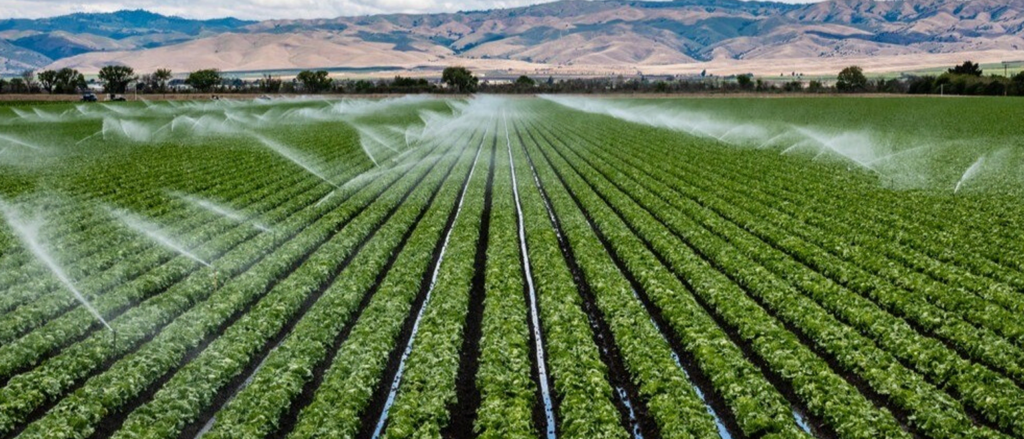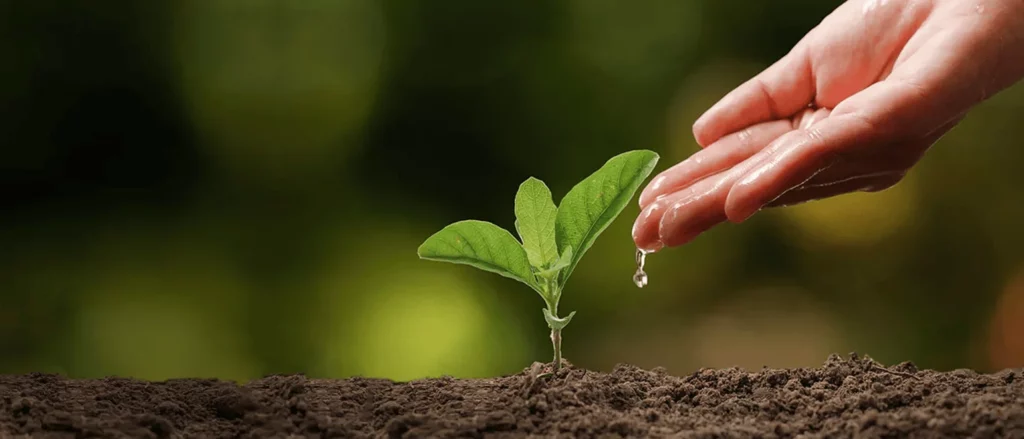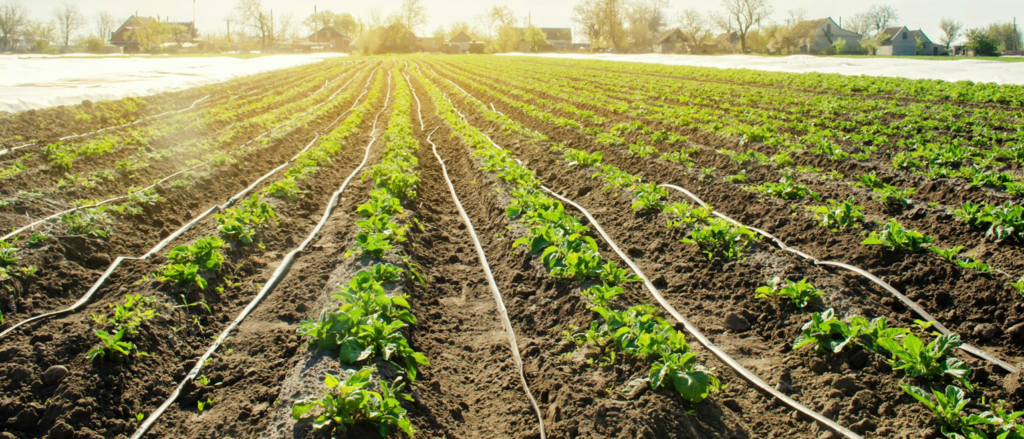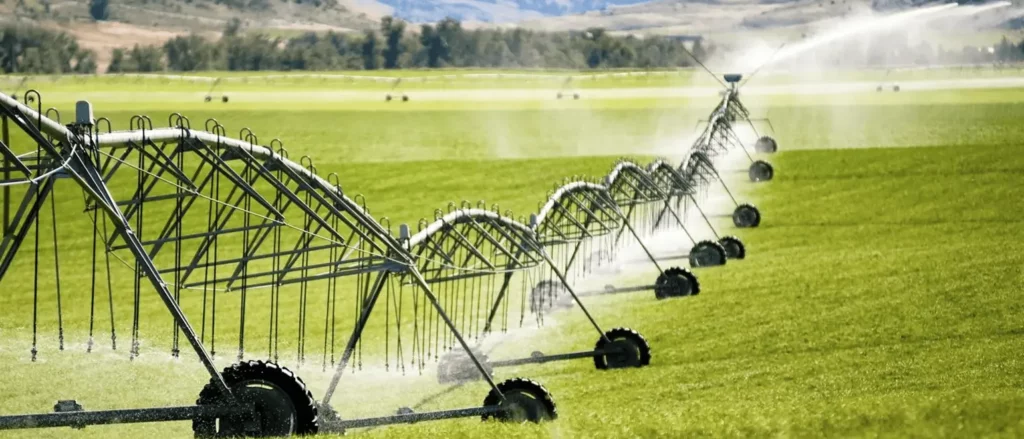
Innovative Ways to Save Water in Your Garden

Most systems consist of five essential parts:
- A catchment area (like your roof)
- Gutters or downspouts to direct the flow
- Storage tanks to hold the water
- Conveyance pipes to transport it
- Optional water treatment to ensure quality.
1. Put Out a Rain Barrel
One of the simplest ways to harvest rainwater is by using rain barrels. They collect runoff from your roof through downspouts, allowing you to reuse this water for garden irrigation. Rainwater is naturally soft and free from chemicals like chlorine, making it ideal for plants. Rain barrels are cost-effective, easy to maintain, and an excellent option for smaller gardens or flower beds.
2. Set Up Aboveground Tanks
For larger-scale operations, aboveground tanks offer more significant rainwater storage solutions. They can be pressurized with pumps, providing easy access to stored rainwater for crops, livestock, or even household use. These tanks are relatively easy to install and can significantly reduce reliance on municipal or well water.
3. Install Underground Tanks
If space is a concern or if you prefer a more discreet setup, underground tanks are an excellent choice. These tanks, protected from sunlight and weather, reduce the chances of algae growth and minimize evaporation. They take up less land area but require more planning and installation work. Underground tanks are especially useful for larger farms where long-term water storage is essential.
Efficient Irrigation Systems

4. Adopt a Regular Watering Schedule
A well-planned watering schedule can significantly reduce water waste while ensuring crops get the hydration they need. By timing irrigation during cooler periods of the day, such as early morning or late afternoon, you reduce evaporation losses. Consider soil health, weather patterns, and plant needs to develop a schedule that promotes water efficiency and crop success.
5. Controllers
- Climate-based controllers (Evapotranspiration or ET controllers) use local weather data to adjust irrigation schedules, factoring in evaporation and plant water absorption rates.
- Soil moisture sensor controllers monitor underground moisture levels and trigger irrigation only when the soil needs water, preventing overwatering.
- Soil moisture sensors measure the moisture level near plant roots and skip irrigation when there’s enough water. Many also include a freeze feature that blocks irrigation if temperatures fall below 32°F.
- Rain and freeze sensors stop irrigation during rain or freezing weather, preventing unnecessary watering.
- Wind sensors halt irrigation when wind speeds are high, reducing water runoff and ensuring more even distribution.
These sensors are easy to install, cost-effective, and a great way to conserve water while ensuring your plants receive the right amount of hydration.
Soil Moisture Conservation Methods
While irrigation systems and water storage are essential, preserving the moisture already in your soil is equally important. Simple, eco-friendly practices like mulching, recycling organic material, and planting cover crops can help lock in moisture and support healthy plant growth.
6. Lay Down Mulch
- Natural mulches: Straw, wood chips, peat
- Inorganic mulches: Plastic sheeting, rubber (better for large-scale use but harder to apply and remove)
Mulching is a simple and effective strategy for healthier soil and more efficient water use.
7. Recycle Organic Material
Beneficial organic materials include:
- Leaf mold: Decomposed shrub or tree leaves
- Plant residues: Other decomposed vegetative material
- Manure: Animal waste
- Compost: Decomposed organic matter, including food waste
- Green manure: Plants grown specifically to be incorporated into the soil
Incorporating organic fertilizers complements conservation tillage practices, which reduce tilling frequency to leave crop residue on the soil. This approach conserves moisture and enriches the soil with minimal effort.
8. Plant Cover Crops
- Legumes: Red clover, crimson clover, peas, beans
- Cereals: Rye, wheat, barley, oats
- Broadleaf plants: Buckwheat, mustards, cabbage
Cover crops help conserve soil moisture and can also reduce erosion, provide shade, and suppress weeds. For even greater benefits, consider using mixtures of different cover crops, though they may be more expensive and challenging to plant.
9. Regularly Rotate Crops
Crop rotation is a time-tested practice that improves soil fertility, enhances biodiversity, and conserves water. Alternating deep-rooted plants with shallow-rooted ones allows crops to access moisture reserves at different soil depths. This helps distribute water more evenly across your land, making your irrigation system more efficient.
How LandLeader Supports Sustainable Land Management

By adopting these water-saving strategies, rural landowners can not only enhance their land’s productivity but also contribute to a more sustainable future.